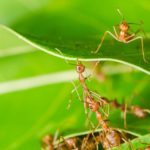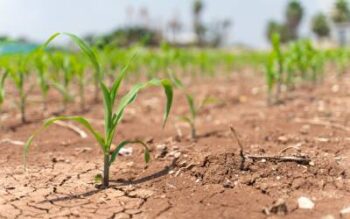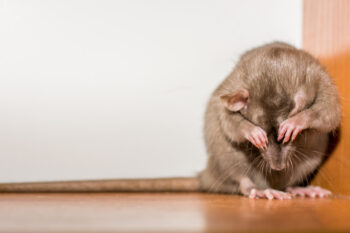Have you ever wondered what gives certain candies a glossy outer coating? The culprit is a substance known as shellac. Shellac is more commonly known for its role in varnish and sealant products, but has become a staple ingredient in coffee beans, pill coatings, and even fruits. Shellac has also been traditionally used as a dye for cotton and silk in Thailand.
The lac insect, though not widely known, has had a lasting impact on glossy coatings. As a scale insect they look much different than the typical insects seen daily. Scale insects vary drastically in appearance and most commonly are considered pests to trees and plants. Adult female scale insects are nearly always immobile and are permanently attached to the plants they feed on.
Shellac is a coating formed from the resinous material secreted by the lac insect. When the insect takes in the sap from the tree it is chemically altered and then excreted onto the tree branch. The lac is then harvested as sticklac and shaved off of the trees to remove the secretions. This substance is then forced through a screen as impurities from the bug and sticks are meticulously removed to provide a pure, FDA approved product. Upon completion of this process the by product is called seedlac due to its appearance. Seedlac is then melted and forced through a screen for final filtering, once heated the shellac is forced into thin sheets of shellac.
Shellac is made, in most instances, from the combination of two ingredients, raw seed lac and ethyl alcohol. To simplify this process, the shellac is shipped to manufacturers in a flake form then combined with alcohol at the final destination for shelf life purposes. Traditionally shellac was exported from Thailand, but India has become the largest producer in the world.




